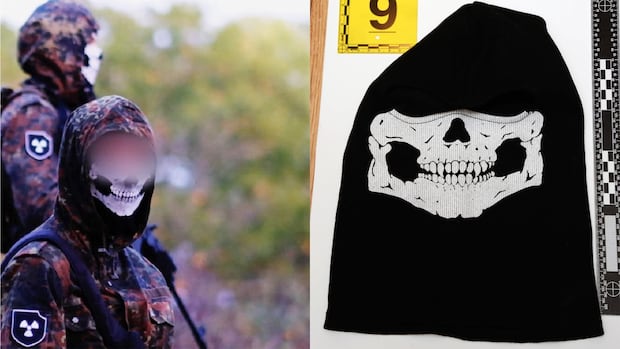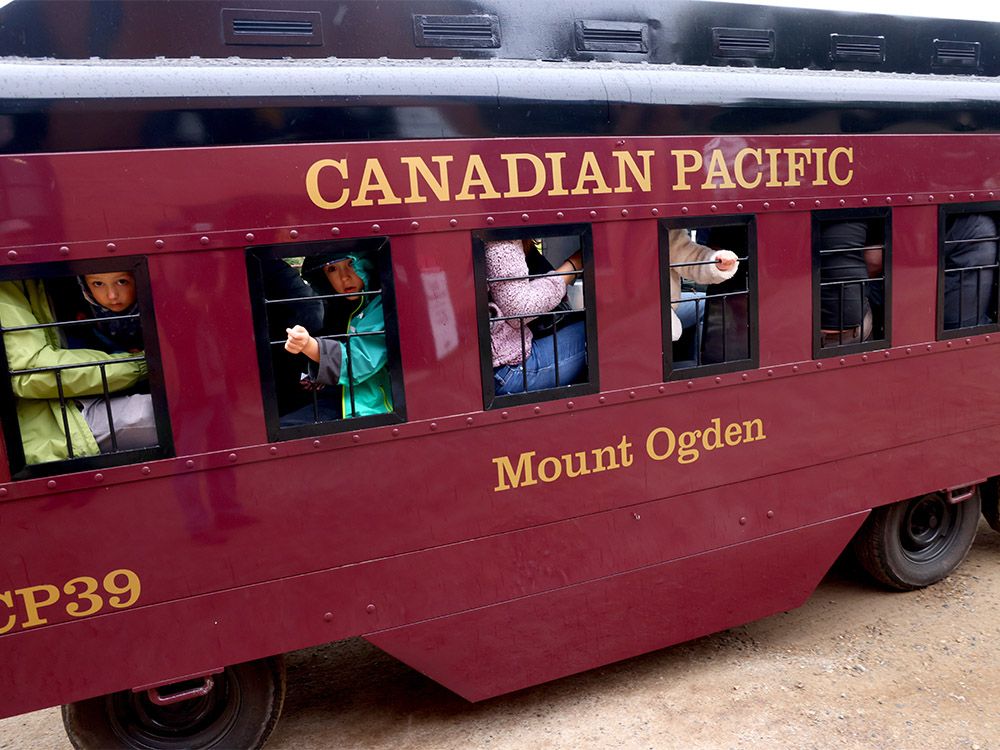Smugglers are advertising illegal Canada-U.S. border crossings on TikTok

“We do it every day. It will take one hour to arrive at the destination. From there you need to walk 40 minutes through the jungle.”
“Is it safe?”
“Yes brother. It is not our first time.”
Radio-Canada had this conversation recently over WhatsApp with an individual associated with one of a dozen TikTok accounts we identified that were advertising an illegal service: helping Indian temporary residents in Canada cross into the U.S. outside of official border points.
The individual offering a trip of “40 minutes through the jungle” did not disclose his real name to Radio-Canada but claimed to live in Brampton, Ont.
These accounts promise safe passage into the U.S. from Montreal, Brampton or Surrey, B.C. One of the accounts has more than 360,000 followers on TikTok and seems primarily to target Indian students living in Canada.
The number of irregular entries into the U.S. from Canada has exploded in recent months. Such irregular crossings are prohibited by Canadian and American laws. People wanting to cross the border must do so at official entry points.
Some of the videos posted by these TikTok accounts contain testimonials in Punjabi from supposedly satisfied customers.
“Brother, we have come to the U.S. from Canada. And we have just arrived. We have come through brother Harry. His [service] is outstanding. We have come through very easily,” one man, his face covered by a Canadian flag, says in one of the testimonial videos.
In another video, a client claims to have crossed into New York State from Montreal on Aug. 8.
“Brother Harry made us cross and we reached [our destination] absolutely safe. The way was safe. After walking for around 25 minutes, we reached our destination comfortably. We paid all the money later,” she says.
Using a fake profile, Radio-Canada contacted “Harry,” one of the dozen accounts we identified. We asked him how he could help us cross from Montreal into the United States. Harry asked for $5,000 and assured Radio-Canada the sum would be payable after the crossing.

Another account Radio-Canada contacted sent screenshots of conversations with satisfied clients and offered more details on how the border crossing would work.
The account holder told Radio-Canada that an Uber driver would pick us up in Montreal, at night, before dropping us off near the border in southern Quebec. We would have to cross on foot. He said he would not be there in person.
“I’ll be on the phone with you. You’ll send me your location and I will guide you,” he promised.
He said he charges $1,500 per person. He even proposed a group rebate.
“I can do $2,500 for two people, if you’re interested,” he wrote. He asked us many times when we would be ready to cross.
Radio-Canada was able to call this smuggler. We spoke with him in Punjabi, his native language.
He said his name is Rahul and he told us that we should carry water with us, wear long sleeves and bring an extra pair of shoes.
“It’s a jungle, brother. There will be some thorns and bushes,” he said.
Rahul said he wanted to be paid up front by bank transfer. He also told Radio-Canada that he accepts cash in person, either in Brampton or in India.
He told Radio-Canada that, after crossing, we would need to go to the border patrol office on the U.S. side.
“After paperwork, in about one hour, you will be released. And then you can go anywhere,” he promised.

Radio-Canada was able to witness this procedure being carried out this spring in the Mooers Forks area of New York State. Just as Rahul said, Indian migrants were intercepted by American police before being released and boarding a bus heading for New York City.
American authorities are denouncing the practice. In a statement, U.S. Customs and Border Protection points the finger at “transnational criminal organizations” that are “claiming the borders are open and offer the northern border as a way to enter the U.S.”
“Smugglers and bad actors continue to spread falsehoods and show complete disregard for the safety and well-being of vulnerable migrants,” said Steven Bansbach, a spokesperson for U.S. Customs and Border Protection.
“[The U.S. Department of Homeland Security] is removing Indian nationals without a legal basis to remain, including via charter removal flights.”
Quebec’s Roxham Road and the surrounding area was a lightning rod of controversy, with thousands using it to cross illegally into Canada from the U.S. With migrant traffic now going in the opposite direction, CBC’s Jorge Barrera got a first-hand look at how the RCMP are handling the human smuggling hot zone.
American interceptions of irregular migrants in the Swanton sector of southern Quebec, which borders New York and Vermont states, have exploded in recent months.
Since January, a record 13,000 people have been arrested after clandestinely crossing the border from southern Quebec into the U.S. — almost 9,000 between May and July alone. That’s a 526 per cent increase since 2022.
The vast majority of the people intercepted are Indian or Bangladeshi and have been living in Canada on student or tourist visas.

Radio-Canada was able to find online ads promising Indian nationals access to fraudulent Canadian visas for tens of thousands of dollars. One post in a private Facebook group even promised a package deal: visa, airfare to Canada and border-jumping services to the U.S., all for $130,000.
There is a thriving market for this type of service because Canada is a faster, easier and safer option for Indian people to reach the United States, said political scientist Shinder Purewal of Kwantlen Polytechnic University in British Columbia.
“[Getting a] Canadian visa is very easy,” he said. “The U.S. visa is particularly hard.”
“Basically, all the gangs of Punjab now operate from Canada. And it’s safer.”

To attract new clients, these gangs promote posts on social media claiming that thousands of Indian residents in Canada are facing expulsion. This disinformation targets students and temporary workers who are anxious about recent new federal guidelines on temporary immigration.
“The large number [of Indian residents] who remain here with no prospect of getting permanent residence in Canada, they choose to leave for the U.S., which has a huge economy, basically,” Purewal said.
“If Indians want to migrate, the number one country is the U.S. Canada used to be number one, but it’s gone down. Quebec got a reputation in India that somehow, if you reach Montreal, you’ll be shifted to the U.S. very easily.
“If you go to the U.S.-Mexico border, it’s dangerous. They’re actually well-armed people from both sides. But in Canada, it’s miles and miles of open border.”





